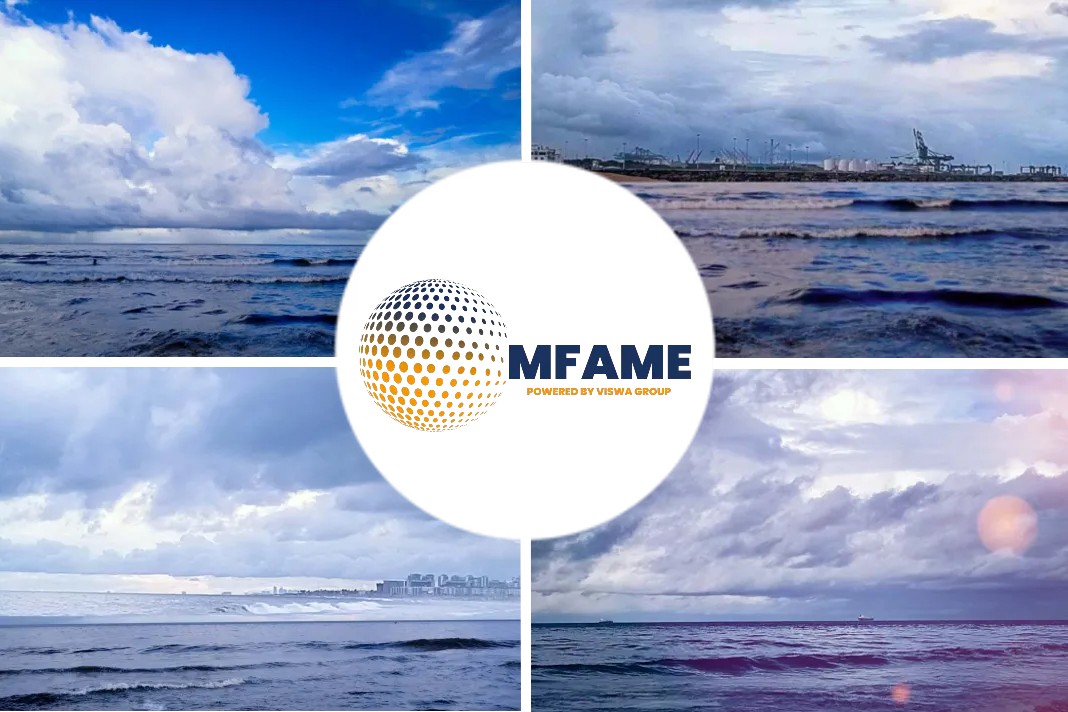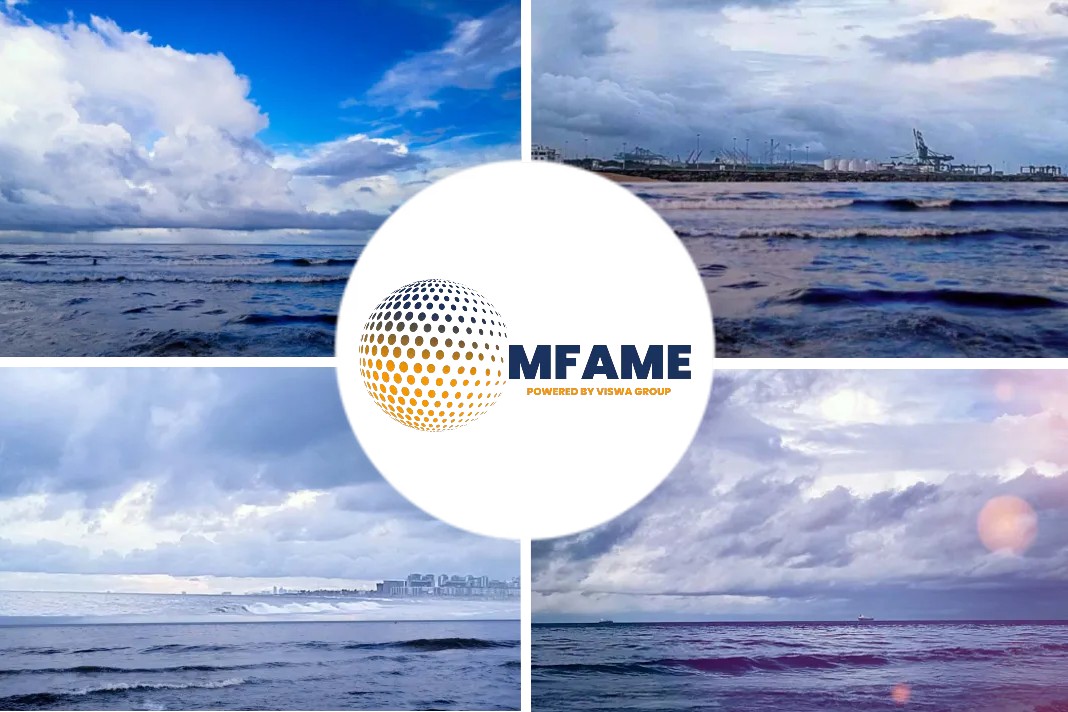- The activation of Hospital ships is a desperate gesture taken without sufficient reflection or deference to subject matter expertise and the ships are being sent out to serve as little more than a morale boost.
- Medical personnel and potentially contaminated supplies will be moving from shore to ship and back, exposing the vessel to infection risk as well.
- Infection is a particularly serious issue for both the USNS Mercy and Comfort and a “Potemkin” disease response fleet will do little more than make matters worse.
- The sheer size of Mercy and Comfort – both displacing more than 65,500 tons – have limited the kinds of missions the ships can perform and smaller variants are being looked at which are accessible to a broader variety of ports and conditions.
The US Navy’s hospital ships in the COVID-19 fight badly need replacing, writes David Larter for Defense News.
Of all the things Secretary of Defense Mark Esper could do to combat the COVID-19 virus, activating America’s two massive hospital ships, the USNS Mercy (T-AH-19) and USNS Comfort (T-AH-20), is one of his worst decisions to date, writes Craig Hooper for Forbes.
The activation announcement is a desperate gesture taken without sufficient reflection or deference to subject matter expertise.
To be blunt, the ships are being sent out to serve as little more than a morale boost, a ready photo opportunity or a nice backdrop for a political rally.
Trouble with the basic idea
The basic concept was that the hospital ships will provide relief for coastal hospital systems, with the ships taking on non-COVID-19 cases and allowing the on-shore hospitals to focus on the patients most critically ill from the virus.
With no rapid testing, screening mechanisms or antivirals available, employing these ships as alternate hospitals is madness.
While the old ships, converted San Clemente class oil tankers, are excellent trauma centers, they lack strong capabilities to handle infectious disease. If a single infectious person enters these ships, the vessels could easily become disease incubators, weighing down an already over-burdened medical system.
The idea of providing backup emergency room support or trauma support is noble, but there are little means to distinguish between the infected or non-infected in even healthy patients.
- It will be even harder to distinguish infectious personnel after a stroke, heart attack or other traumatic injury.
- Medical personnel and potentially contaminated supplies will be moving from shore to ship and back, exposing the vessel to infection risk as well.
- And as stocks of personal protective equipment dwindle, the likelihood of exposure and infection will only increase.
The ships run on outdated steam plants that fewer and fewer mariners know how to operate and maintain. And, like classic cars, they need constant care and attention to keep in working order. In 2018, the Navy proposed decommissioning one of the ships in 2021, but was blocked by Congress.
According to the 2019 National Defense Authorization Act, the Navy can only decommission the hospital ships once they field a replacement.
CHAMP concept
The Navy’s plan to recapitalize them relies on their Common-Hull Auxiliary Multi-Mission Platform (CHAMP) concept, which proposes a new-build common hull that can be altered to meet a number of different mission. According to the 2020 long-range shipbuilding plan, the hospital ship CHAMPs would be acquired in 2033 and 2034 for delivery in 2036 and 2037.
The Navy has been planning to develop and field two variants of the CHAMP, one for sealift purposes and one for other auxiliary ship missions such as the submarine tending, hospital ships, and command-and-control platforms.
But a White House Office of Management and Budget memo obtained by Defense News in December showed OMB blanching at a cost estimate of upward of $1.3 billion for the submarine tender variant of the CHAMP platform, planned for acquisition in 2024.
“The CHAMP submarine tender and CHAMP sealift vessels are not cost-effective solutions. The revised estimate for the sub tender ($1.3 billion) is even more than the $1 billion in the FYDP [Future Years Defense Program] and more cost-effective alternatives should be explored, including procuring and converting a used vessel,” the memo read.
Problematic way to combat disease
Infection is a particularly serious issue for both the USNS Mercy and Comfort.
The two ships run on old steam boilers—a propulsion method so old that the Navy has pretty much stopped training new boiler techs. Today, many of America’s boiler technicians are old enough to be at real risk of dying from coronavirus infection.
Ultimately, the ships are a problematic choice for a war against a communicable disease. Rather than serving as a means to relieve the burden on stressed hospitals, these enormous ships risk becoming viral incubators—just as prior cruise ship outbreaks have demonstrated.
Accidental or unknowing admission of infectious or infected people to bunks outside of the hospital ship’s relatively small isolation wards poses a particular risk to the both patients and the large crew of over 1,000 required aboard Mercy class hospital ships.
No crew on-board
In a separate problem, the Pentagon—which has been eagerly downsizing their medical corps—will need to find a way to populate each vessel’s 1,000-person medical staff. That’s a problem.
When these ships were developed in the late eighties, they were built to handle the casualties received in wars fought overseas, when, ostensibly, a domestic medical staff was available.
So, today, the two ships lack a full time medical staff, and mobilizing two massive trauma centers (which, in themselves, are larger than all but a handful of permanent U.S. trauma centers) risk pulling well-qualified medical personnel from their posts—posts that are likely already under strain from the pandemic.
Ships are not ready
Announcing that the USNS Comfort would be available to New York immediately was a serious overstatement—-just as the Administration overstated the availability of COVID-19 tests, the USNS Comfort is in the midst of a refit, and, as the Pentagon retrenched later on Wednesday, the ship will not be ready for weeks.
USNS Mercy, based in San Diego, is more prepared to activate, but, given the ship’s slow speed, it will only be able to support cities on the West Coast.
Role of Military
In time, the hospital ships might still be useful. If a rapid test or anti-viral for COVID-19 becomes available, the hospital ships would be at far less of a risk of becoming an unintended hotbed of viral infection.
With better disease control tools, every single big-deck amphibious vessel or aircraft carrier could be converted into makeshift recovery wards, backstopping medical care in a number of big coastal cities.
Given that the USNS Comfort is still in the midst of a maintenance period, enterprising naval architects could try to improve the ability of the ship to handle infectious patients by jury-rigging ventilation and other infection fighting measures.
The ship is old and ready to be retired, so last-second modifications could be completed with the idea that domestic coronavirus response will be the vessel’s terminal mission.
But the military can do more than send ships. It should be evaluating hotels for convalescent dormitories, where moderately sick victims can be isolated and monitored, and preparing to staff these “non-hospital hospitals” with personnel who have some basic, “train-the-trainer” type training on basic care, infection control, decontamination and basic operations within a contaminated environment.
More staff will be needed
In a few weeks, the nation will require an enormous number of medical support staff—basic disaster response personnel who are trained and equipped to support the myriad of needs that a tsunami of ill people will require.
To manage this wave, the military should be tapping active duty units now, and training soldiers to provide a basic level of care and support to centralized convalescent facilities. It would work well; young soldiers already are familiar with protective gear, and could easily be trained to temporarily support the COVID-19 fight.
These basic steps offer far more to America than a photo opportunity. A “Potemkin” disease response fleet will do little more than make matters worse. But a surge of quickly-trained and equipped soldiers and sailors into medical support roles will do America an enormous amount of good.
Did you subscribe to our daily newsletter?
It’s Free! Click here to Subscribe!
Source: Forbes, Defense News























